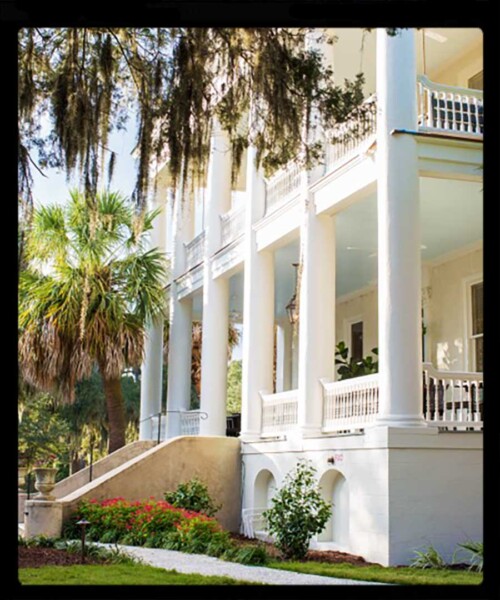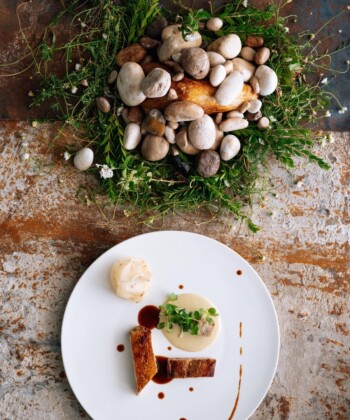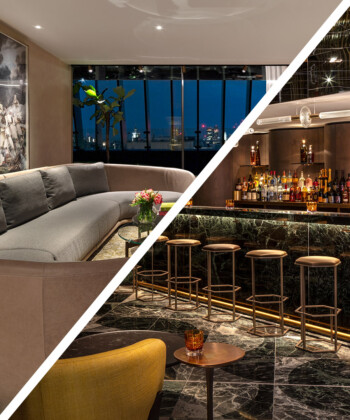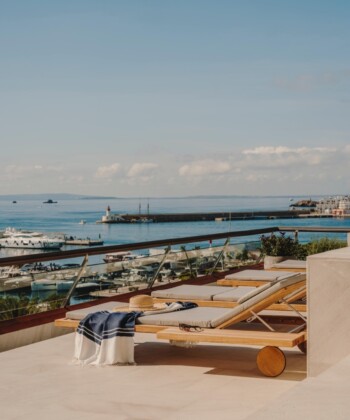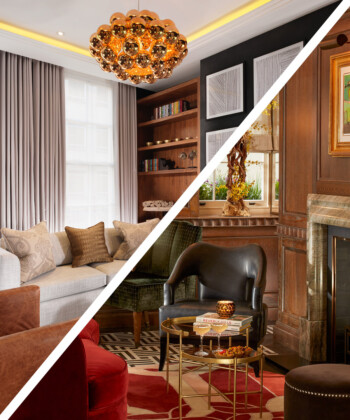There’s much to be charmed by in Beaufort, Charleston’s more Southern sister city. Aesthetics here are Antebellum: stately, pastel-hued mansions line the streets, each with sprawling wrap-around verandas and draping canopies of Spanish moss. Though the city dates back 303 years—evident in the historic homes and properties—don’t think the centuries of history has the town collecting dust. A rush of new restaurants and boutique hotels have turned the destination into a hip alternative to Charleston or Savannah. Rest your head in a chic mansion-turned-boutique hotel, and sip martinis late into the night on a seaside patio. Or, get out into nature by exploring the local state park (complete with quiet beaches). Here, how to spend a weekend in Beaufort, South Carolina.
Where to Stay:
Undoubtedly the chicest place to stay is Anchorage 1770. The pre-revolutionary home was purchased in 2014 by husband-and-wife duo Frank and Amy Lesesne and thoughtfully redesigned into a 13-room boutique inn. The home is a historian and a minimalist’s dream, with four-poster beds in every room and details that hint to the home’s past, like hand-carved wood crown molding and an original winding staircase that spirals up three stories. Happy hour here is always energetic–perhaps because the rooftop patio is perfectly perched to see the sun set over the water.
Or, check into the Beaufort Inn. The boutique hotel’s main building is a towering pink Victorian home where you’ll find many of the hotel’s 48 rooms, but also on the property is a handful of private cottages. The former carriage houses and servant’s quarters on the grounds are now private cottages, with sweeping verandas and rocking chairs. The buildings are connected with a maze of cute courtyards, complete with a canopy of glittering fairy lights and nightly campfires.

Beaufort Inn
What to Do:
Beaufort’s Antebellum architecture is uncommon. Unlike most Southern cities, Beaufort was left untouched during the Civil War. Rather than fight the incoming army, residents buried their treasures and fled. Instead of being burned to the ground, Beaufort’s stately homes were preserved, acting as barracks or hospitals until the end of the war. When the war ended, former residents moved back home, dusted off their possessions and dug up their silver.
Today, the city’s most fascinating architecture can be found simply by wandering the streets. If time permits, the best time to visit is during the Fall Festival of Houses & Gardens (October 23 – 25), when the city’s most impressive private homes are open to the public. Notice porch roofs are painted pale blue to ward off sinister spirits.

Beaufort, South Carolina
Head out of town to Hunting Island, a barrier island home to one of the most-visited State Parks in South Carolina. The island is home to stunning beaches and is virtually untouched and free of cheesy tourist spots. There’s also a climbable lighthouse (with panoramic views of the shores and canopies), nature center, and 3,000 acres of verdant forests and marshlands to hike, bike, and explore.
Beaufort is known as the gateway to the Sea Islands, and much of the area is best spent in proximity to the water. Along the waterfront, try and spot a dolphin or two peeping up from the water – you won’t have to wait long. Tour the Beaufort River via a private tour: Captain Dick’s details the area’s wildlife and ecology, and highlights sights from famous films, like The Notebook and Prince of Tides. Speaking of, literary idol Pat Conroy called Beaufort his home for decades. Today, a literary center in his honor sits at the center of town, where you’ll find memorabilia chronicling his films and fiction.

Pat Conroy Literary Center
Where to Eat:
The restaurant on the ground floor of Anchorage 1770 embraces Southern hospitality—think flavors that flirt Southern, but with a cosmopolitan mentality. There’s shrimp, bathing with rich andouille sausage and buttery grits, or ravioli, hand-made every morning by chef Byron Landis. Dine overlooking the water on the porch, or inside the historic home.

For genuine Low Country cuisine, hit The Foolish Frog. Tucked on a patio over a saltwater marsh, the low-key spot offers peel-and-eat shrimp and local oysters until they sell out (and they do). Or, head across the street to Gullah Grub. It’s the place to go for true Gullah cuisine: shrimp and grits, she-crab soup, and gumbo. If you visit in fall or spring, an afternoon at an oyster roast (think local oysters and ice-cold beer) is a must.


























